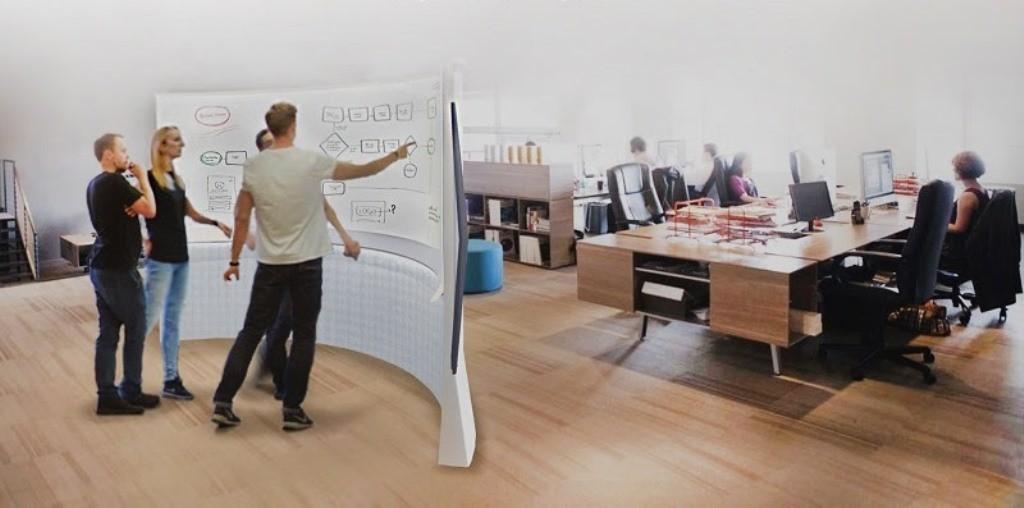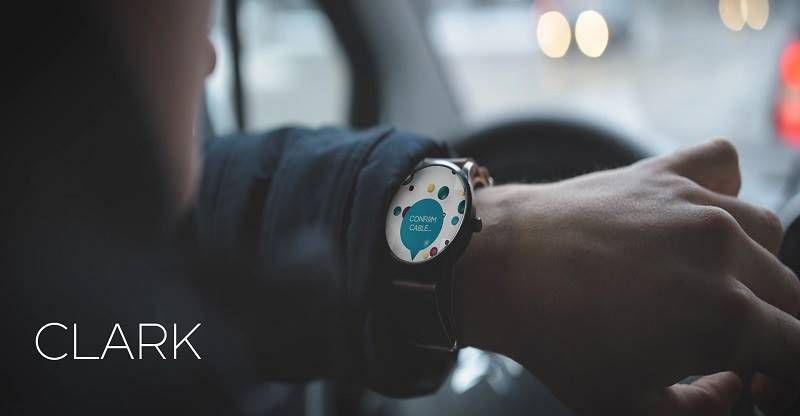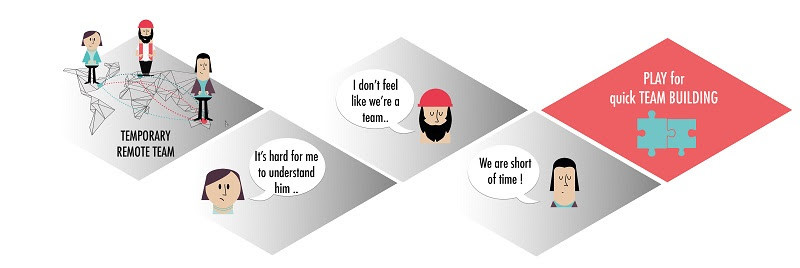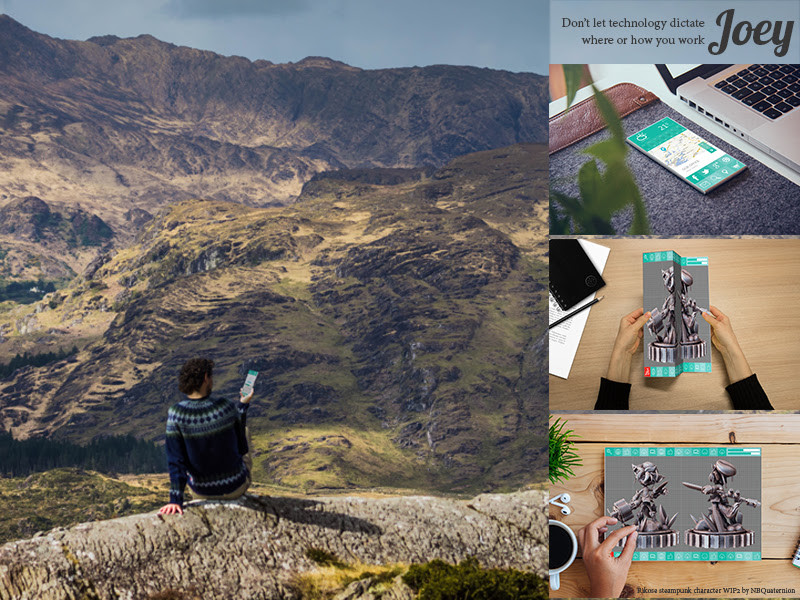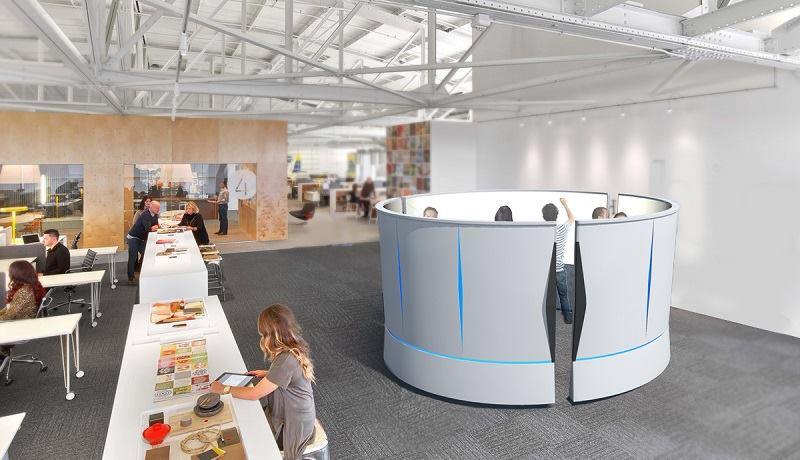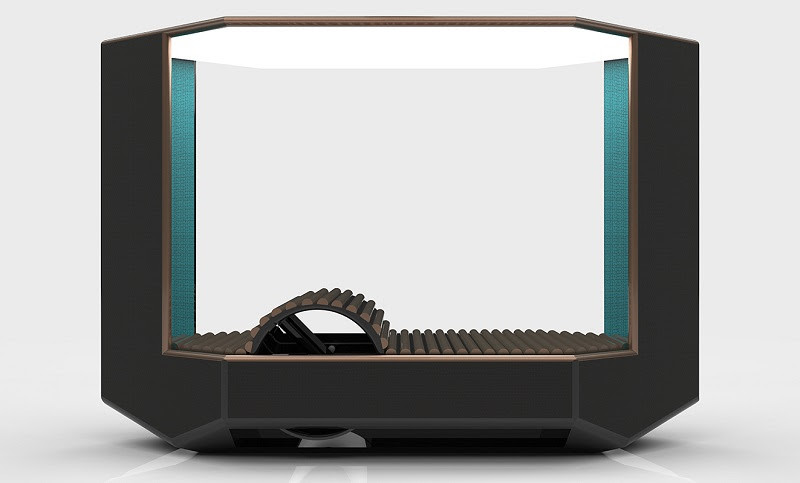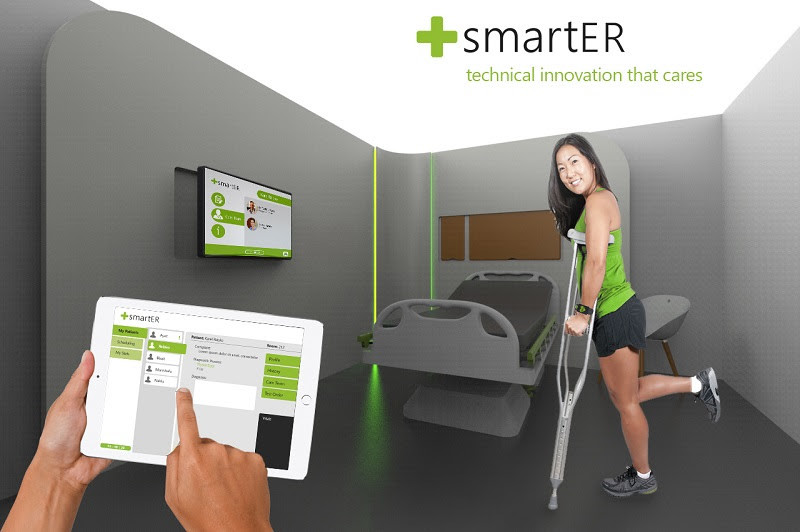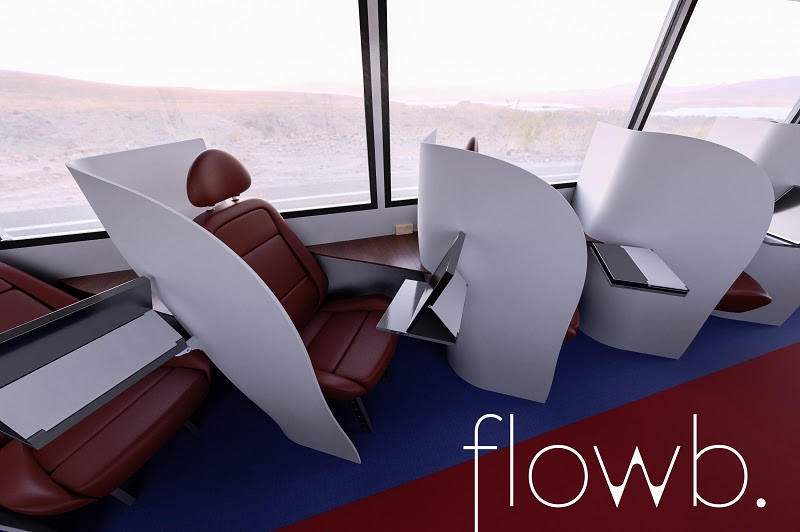The students of the joint design and engineering international master’s programme of the Tallinn University of Technology and the Estonian Academy of Arts recently developed seven new concepts to support the ways we work in future.
These seven student teams were exploring how changes in the society and the technological developments are transforming the way we work, how we behave at work and the way we think about our work. The aim was to search, develop and test new concepts to support the work to come – “work 2.0”.
Clark
(Joel Kotsjuba, Roosi Keva, Andrej Kmeť, Arno Peever)
Clark empowers one to remember the important things by making note-taking seamless and stimulating memory through the use of connection mnemonics. It helps record tasks, take notes and create to-do lists effortlessly by voice and set reminders with symbols that assist with remembering information.
Gamico
(Hadi Alavi, Sophie Farines, Mati Uustal, Klarika Mäeots)
The nature of work is progressively shifting from office to remote and often happening in temporary teams. The creators behind Gamico believe that if only work-related topics are discussed, the team members don’t feel friendly and comfortable with each other, leading to a decrease in trust and synergy that suffers.
“We believe that quick trust building over the internet is possible. It takes an informal situation to break the ice. By experiencing downfalls and accomplishments together, you can assess your team members. The fun platform Gamico helps to enhance social relations and define roles in the early stages of collaboration,” the team explains their idea.
Gamico helps build trust within temporary teams at the beginning of collaboration. Gaming puts participants on the same level and integrates them into a team. Gameplay is used for team building and breaking formal barriers to help people open up. Every player has a piece of the puzzle and communication is the key for finding a solution. Tasks can only be completed through teamwork.
Joey
(Anette Sepp, Tõnis Voitka, Volkan Göktürk, Alise Lezdina)
Joey is a new generation work device that uses foldable screen technology and can replace one’s computer while working remotely.
“You can use it in a compact size just like you use your smartphone, keep it in your pocket and expand it when you need to work on a larger screen. The work you do should not be dictated by your devices, but rather the device needs to morph to suit your needs. Joey is just that: a tool for efficient creativity. We help you to create on-the-go,” the team behind Joey says.
Core
(Basaran Cabuk, Neriman Asli Atalay, Vlad Shvets, Arnav Khan)
Core is a modular and flexible collaboration tool and space creator. Team members can visualise and develop ideas on a smart digital board that creates space within an office environment and enables working freely without disturbance. The cloud functionality allows users to store and access any material at any time and view through any Core device.
According to the Core team, the hassle-free remote meetings with the power to contribute in real time from any location in the world makes their invention a tool that any team needs for creative, dynamic and effective work.
Nordic Siesta
(Merle Randmäe, Holger Mets, Liina Vaino)
Nordic Siesta is a stretching bench with built-in light and sound therapy.
“It is designed for Nordic offices with people who live sedentary lifestyles and suffer from mood changes due to the lack of sunlight during the dark winter months,” the team says.
SmartER
(Karel Reisko, Marlot Johanna Blaak, Elisa Männisalu, Emre, Naidu)
SmartER is an integrated smart system that redefines the emergency room experience.
Accodring to the creators, not only are patients more satisfied due to spending less time in the emergency room, but their system also fosters a low-stress environment for medical staff that enables physicians and nurses to spend more time with their patients and provide better care. “The system uses sensor technology, information management and responsive actions in order to achieve these objectives,” they say.
Flowb.
(Rainer Lepik, Veiko Salumäe, Denizay Apusoglu)
Flowb. is a new seating concept for long-distance public transport. It consists of two main parts: comfortable seating and advanced screens. Seating is on an exact angle to provide maximum leg room for passengers and use the available space efficiently. For privacy, every seat is separated by a sound-absorbing wall, which allows users to work privately or just rest undisturbed.
The second part of the system is a large integrated screen for each seat. Adjustable positioning allows users to find the best position for writing or reading materials from online accounts or surfing on the web. The screens are versatile and can be used for watching movies or for working. USB connections can be used for transferring data or just charging your phone. And if a personal laptop is preferred, one can just flip the screen and it transforms into a table.
The design and engineering project is a two-year master’s programme offered jointly by the Estonian Academy of Arts and Tallinn University of Technology. It is aimed at young graduates of design and engineering disciplines who are eager to continue their education.
I
Cover image courtesy of Core.

